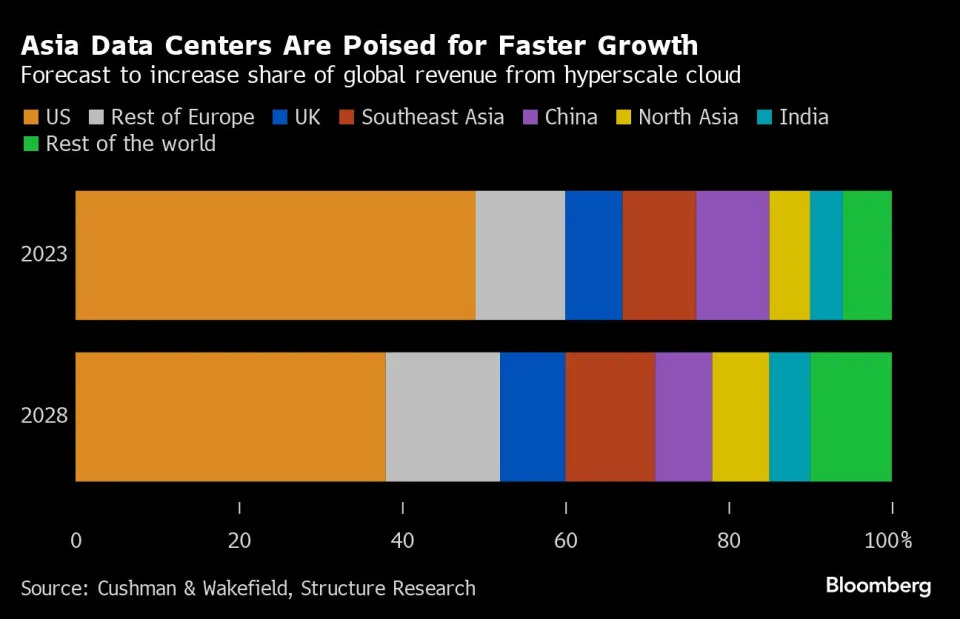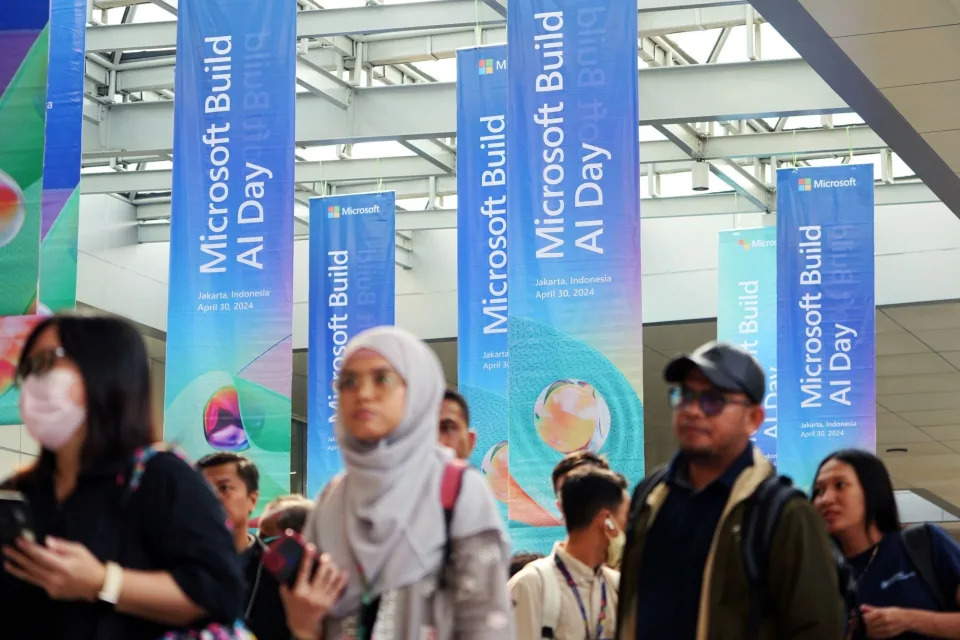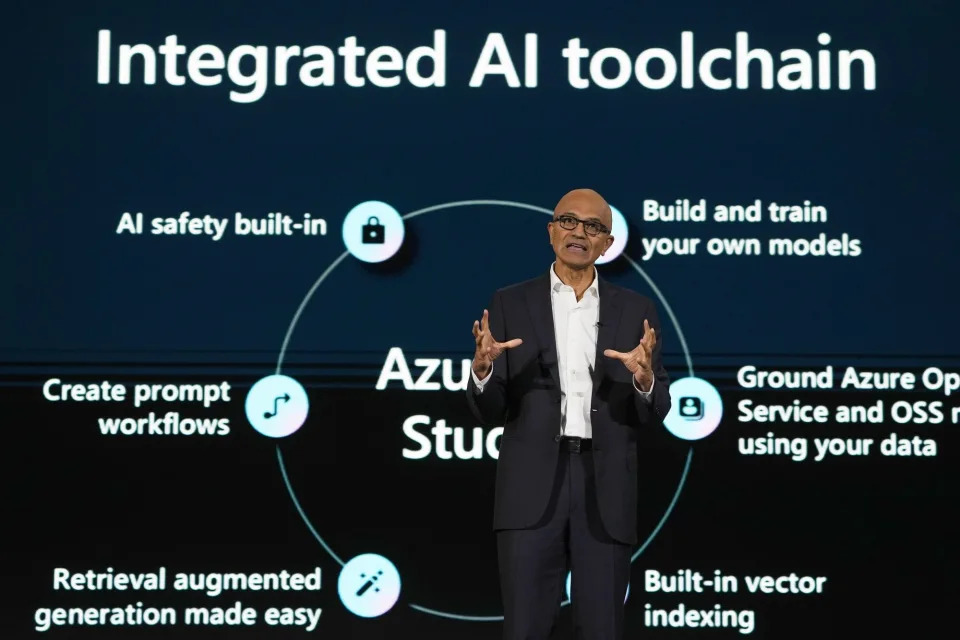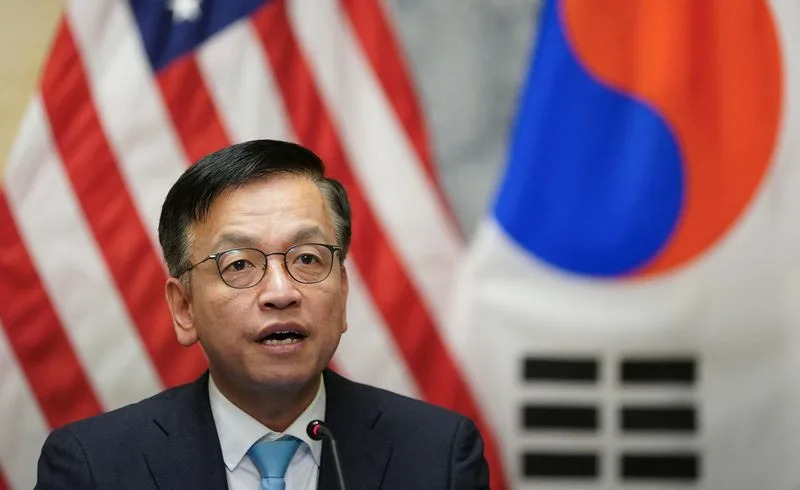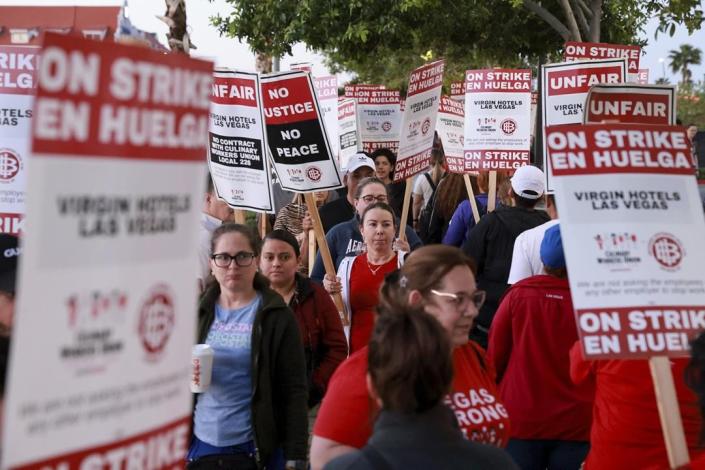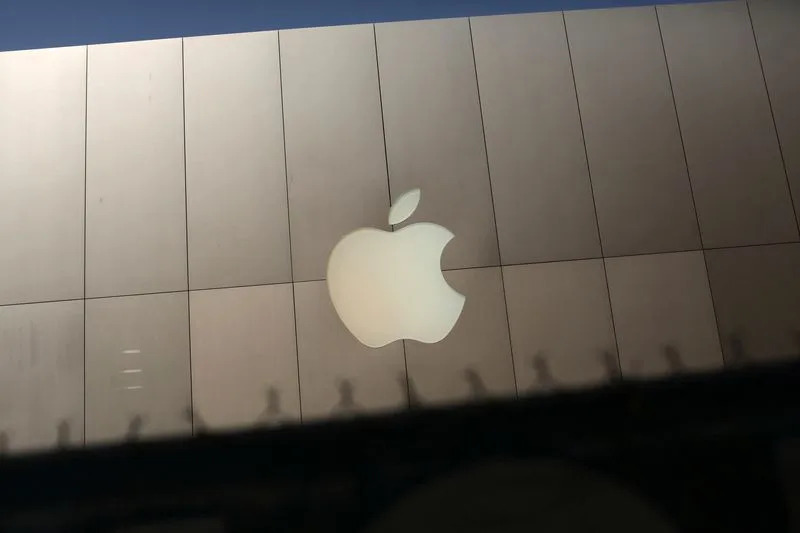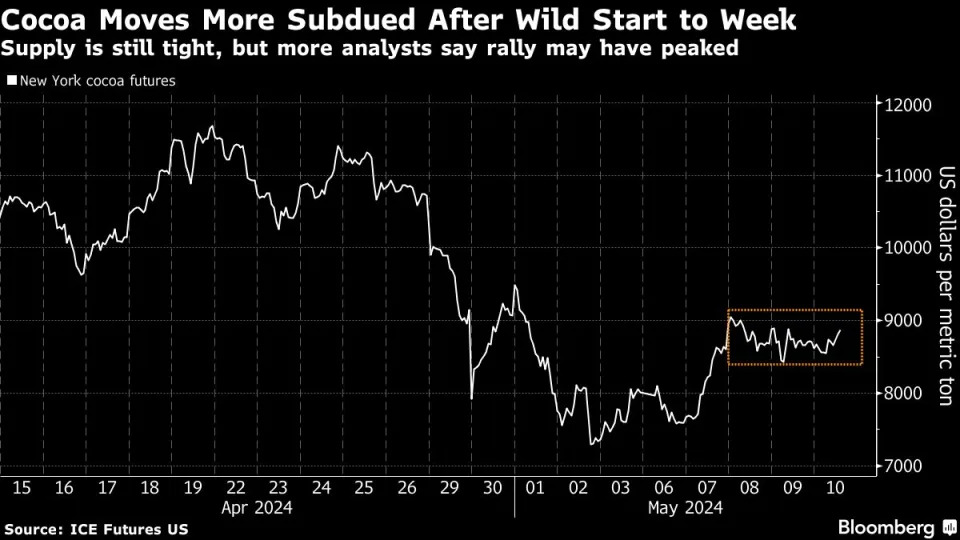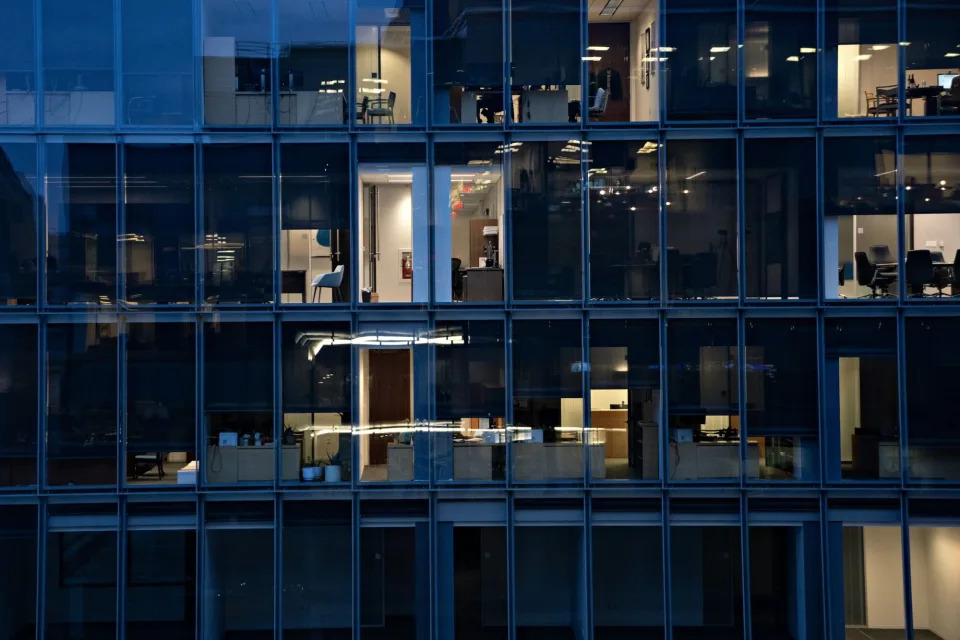79% of parents say they’ve given their kids sleep aids, from melatonin and Ambien to THC
Beth Greenfield
Sat, May 11, 2024

Getty Images
Parenting brings many joys, but sleep deprivation is not one of them. So, it’s no wonder that moms and dads are willing to take some drastic measures—in the form of sleep medications—when it comes to getting their kids down for the night.
New survey results from Sleep Doctor reveal that 79% of parents have given their child a substance to get them to sleep—with 66% using melatonin, 35% using Benadryl, and 20% turning to prescription sleep aids. Others reported using everything from herbal and over-the-counter aids to CBD, THC, and even alcohol.
Millennial and Gen Z parents were most likely to have drugged kids for slumber, with 84% and 83%, respectively, saying they had done so.
“Parents are desperate, they’re tired, they’re juggling so many things … and a child having difficulty sleeping just piles onto that,” says Dr. Nilong Vyas, pediatrician, public health specialist, and board-certified sleep expert working closely with Sleep Doctor, which conducted the survey of 1,201 parents in April.
Kids need sleep for physical and mental health, with research showing it plays an important role in brain development, mood, cognitive performance, resiliency, language, and memory, according to the Sleep Foundation. Parents need sleep for many of the same reasons, including mood, brain performance, immunity, lower risks of heart disease and stroke, and, according to a recent study, to avoid an uptick in stress levels.
Parents as a rule miss out on vital rest when their kids don’t snooze—and 25 to 50 percent of children (40 percent of adolescents) are affected by sleep problems like sleep apnea and night terrors, according to the American Academy of Pediatrics, while insomnia affects 25% of children and 35% of adolescents.
Still, Vyas tells Fortune, “Ideally it’s better to change [bedtime] behaviors and modify them so a child can learn to fall asleep independently, without the need of supplements.”
But isn’t melatonin safe?
Melatonin, a hormone produced by the brain in response to darkness, serves to regulate the body’s natural sleep-wake cycle, called circadian rhythm. It’s sold as a supplement that’s not regulated by the U.S. Food and Drug Administration, often in the form of colorful gummies, and, when taken by kids, comes with possible side effects including drowsiness, headaches, and increased bed wetting.
Taking too much can cause vomiting, extreme sleepiness, and slurred speech. And according to a recent report from the U.S. Centers for Disease Control and Prevention, it’s why about 11,000 children (more than half between 3 and 5 years old) wound up in the ER after unsupervised melatonin ingestion between 2019 and 2022.
Further, an assessment of 25 types of melatonin gummy supplements by Cambridge Health Alliance, published last year in JAMA, found that almost all of the products were inaccurately labeled, with the actual quantity of the hormone ranging from 74% to 347% of the labeled amount. One product contained no detectable levels of melatonin but did contain over 31 mg of CBD, which has no data supporting its use in children.
“It’s like the wild, wild west out there with melatonin supplementation,” says Vyas, who does not recommend its use to families she works with.
“Many studies have shown positive improvement with melatonin for use in neurodiverse children, those with circadian rhythm disorders, delayed sleep phase syndrome, and jet lag—a handful of indications,” she says. “But there aren’t enough studies to give out a general recommendation.”
It’s also not a great idea, she adds, because of how melatonin works: on a feedback loop, meaning that if it’s being provided from an outside source, then the body slows down its natural production, and more and more of the supplement is required.
“Plus, it can have a paradoxical reaction, meaning that many kids will take it and then wake up at 3 or 4 in the morning,” she says.
The Sleep Doctor survey found that kids between 4 and 7 were given melatonin more often than any other age group, followed by those who were between 8 and 12 and between 1 and 3; but 2% gave it to a child under six months old and 3% to a child six to 11 months old. Further, while most parents (97%) gave melatonin to their child more than once, 21% said they’d done so about 10 times and 13% said it was at least 50 times. And 45% of parents say it was recommended by their doctor.
That’s not surprising to Vyas, considering the combination of desperate parents and “a huge lack of education on sleep habits” for physicians, who may go to look for studies on melatonin for kids and not find much—and who may just assume it’s safe, given that it’s unregulated and available.
Other sleep aids—and how to avoid them
Using Benadryl (diphenhydramine), an antihistamine that comes with a side effect of sedation, is not recommended by medical professionals, except for very occasionally (to help with jet lag, for example).
“It’s indicated and tested for children with allergies, so if you’re using it outside of those parameters then you’re using it off-label, and it’s not without its own side effects,” she says, warning that, in some cases, Benadryl could have the opposite effect and make a kid “completely wired.” Using it on a nightly basis, she warns, “creates a false ability of being capable of falling asleep.”
When it comes to prescription sleep aids, such as Ambien (zolpidem), Sonata (zaleplon), and Restoril (temazepam, a highly addictive benzodiazepine), all are explicitly not to be used in children. But they have been administered to kids by parents, according to the survey, with 64% saying it was at the recommendation of a physician. In fact, 13% of parents said they gave prescription sleep aids 50 or more times; 4% gave it to a child under six months old, 11% to a child six to 11 months old, and 16% to a child between 1 and 3.
“Ambien is even risky for adults to use, there are so many nasty side effects,” says Vyas. “It’s been tested and indicated to be used in adults short-term, but a lot of people become so dependent on it that it’s hard to sleep without it … It’s being used chronically, on a daily basis, in lieu of good sleep habits and hygiene.”
What does that look like for kids? “Consistency of routine is critical,” she says, as is following the child’s sleep cues so they can fall asleep when their body most needs it.
Also:
No screens: Minimize blue-light stimulation from screens at least two hours before bedtime to help allow the body’s natural melatonin production.
Play outside: Exposure to daylight and sunset helps regulate the child’s circadian rhythm.
Set an example: Teach your child to fall asleep independently.
Get help: Work with a sleep coach to work through trouble spots.
“Everybody wants a quick fix … but you can’t blame the parents, as they’re getting into a vicious cycle with it,” Vyas says. “It’s hard work to undo the bad habits, but it’s doable—and then you’re setting your kids up with good sleep habits for the rest of their lives.”
More on kids' health:
Are cold plunges and saunas safe for kids?
Here's the right age to give your child a cell phone, according to experts
Knowing your child’s love language can be the difference between a good relationship and a great one
This story was originally featured on Fortune.com


